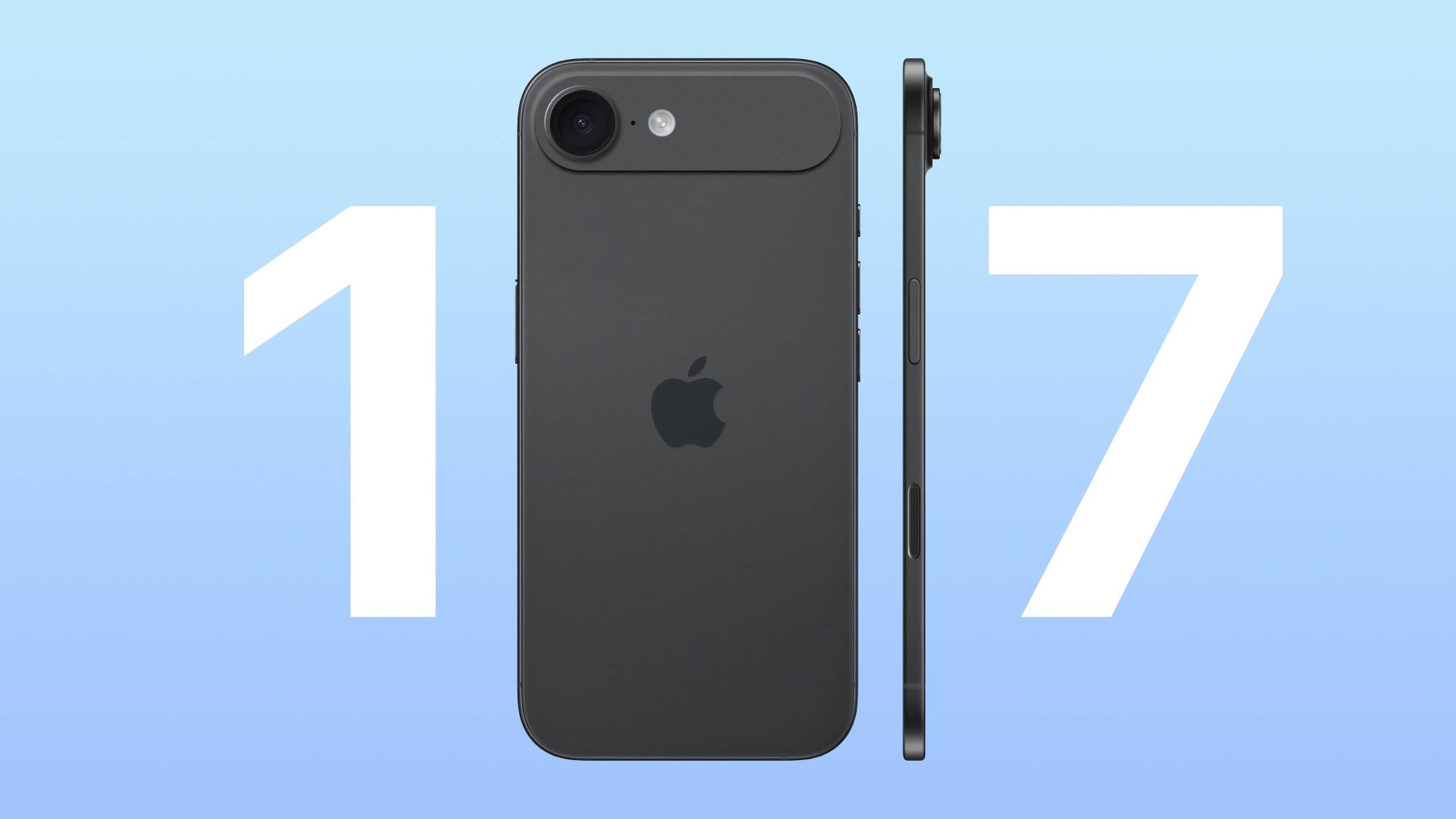The Looming End of Support for Windows 10 and the Push for Windows 11 Leaves Many Users in a Bind
The 5 W’s of the Windows Upgrade Situation:
- Who: Microsoft and a vast majority of its Windows user base, estimated to be around 70%, who are still running Windows 10.
- What: Microsoft’s decision to end support for Windows 10 in October 2025, coupled with the relatively stringent hardware requirements for Windows 11.
- When: The end-of-support deadline for Windows 10 is set for October 14, 2025.
- Where: This affects Windows users globally.
- Why: Microsoft’s strategy is to encourage users to transition to its latest operating system, Windows 11, which offers enhanced security, performance, and a modernized user interface.
The Crunch: Upgrade, Replace, or Risk It
With the clock ticking towards the end of support for Windows 10, users are faced with a tough decision. They can either:
- Upgrade their existing PCs to Windows 11, provided their hardware meets the requirements.
- Replace their PCs entirely with newer models that are Windows 11 compatible.
- Continue using Windows 10 beyond its support date, at the risk of increased security vulnerabilities and lack of software updates.
The Hardware Hurdle: A Major Roadblock for Many
One of the biggest challenges in this upgrade scenario is the relatively high hardware requirements for Windows 11. Microsoft has mandated features like Trusted Platform Module (TPM) 2.0 and Secure Boot, which many older PCs lack. This means that a significant portion of Windows 10 users may find their current machines incompatible with Windows 11.
The Financial Burden: An Added Strain for Users
For those whose PCs don’t meet the Windows 11 requirements, the only option is to purchase a new one. This poses a financial burden, particularly in the current economic climate.
The Security Risk: A Growing Concern
Opting to remain on Windows 10 beyond its end-of-support date is a risky proposition. Without security updates and patches, these systems will become increasingly vulnerable to malware and cyberattacks.
Personal Experiences and Observations:
As someone who has been closely following the tech industry for years, I’ve seen firsthand the challenges that users face when dealing with major operating system transitions. The move from Windows 7 to Windows 10 was a significant one, and this upcoming shift to Windows 11 seems even more daunting for many.
I’ve spoken to several Windows 10 users who are frustrated by the hardware requirements for Windows 11. Many feel that their perfectly functional PCs are being rendered obsolete prematurely. Others are concerned about the cost of upgrading their hardware or buying a new PC altogether.
Delving Deeper into the Issues
- The TPM 2.0 Requirement: This has been a particularly contentious issue. TPM is a hardware-based security feature that helps protect sensitive data and credentials. While it’s undoubtedly a valuable addition from a security standpoint, its mandatory inclusion in Windows 11 has left many users with older PCs in the lurch.
- The CPU Compatibility List: Microsoft has also published a list of supported CPUs for Windows 11, which excludes many older processors. This has further limited the upgrade options for users with older machines.
- The Lack of Clarity: There has been some confusion and frustration surrounding Microsoft’s communication about the Windows 11 upgrade process. Many users have found it difficult to determine whether their PCs are compatible, and the official PC Health Check app has been criticized for its lack of clarity.
The Broader Implications
- E-Waste Concerns: The push for Windows 11 upgrades could lead to a surge in e-waste as users discard their older PCs. This has raised environmental concerns, particularly as the world grapples with the growing problem of electronic waste.
- The Digital Divide: The high cost of upgrading to Windows 11-compatible hardware could exacerbate the digital divide, leaving those with limited financial resources further behind in terms of technology access.
- The Impact on Businesses: Businesses with large fleets of Windows 10 PCs will also face significant challenges and costs in upgrading to Windows 11.
The Road Ahead
Microsoft’s decision to end support for Windows 10 and push for Windows 11 adoption has undoubtedly created a complex situation for a vast majority of its user base. The hardware requirements, financial implications, and security risks associated with this transition are substantial.
While Microsoft’s intentions to enhance security and performance with Windows 11 are commendable, the company needs to do more to address the concerns of its users. Providing clearer communication, offering more flexibility in hardware requirements, and extending the support timeline for Windows 10 are some potential steps that could help ease the transition and ensure a smoother upgrade experience for all.
The end of support for Windows 10 in 2025 is a significant event that will impact millions of users worldwide. It’s a reminder that technology is constantly evolving, and staying up-to-date can be a challenge, both technically and financially. It’s crucial for users to start planning for this transition now to avoid any disruptions or security risks in the future.




